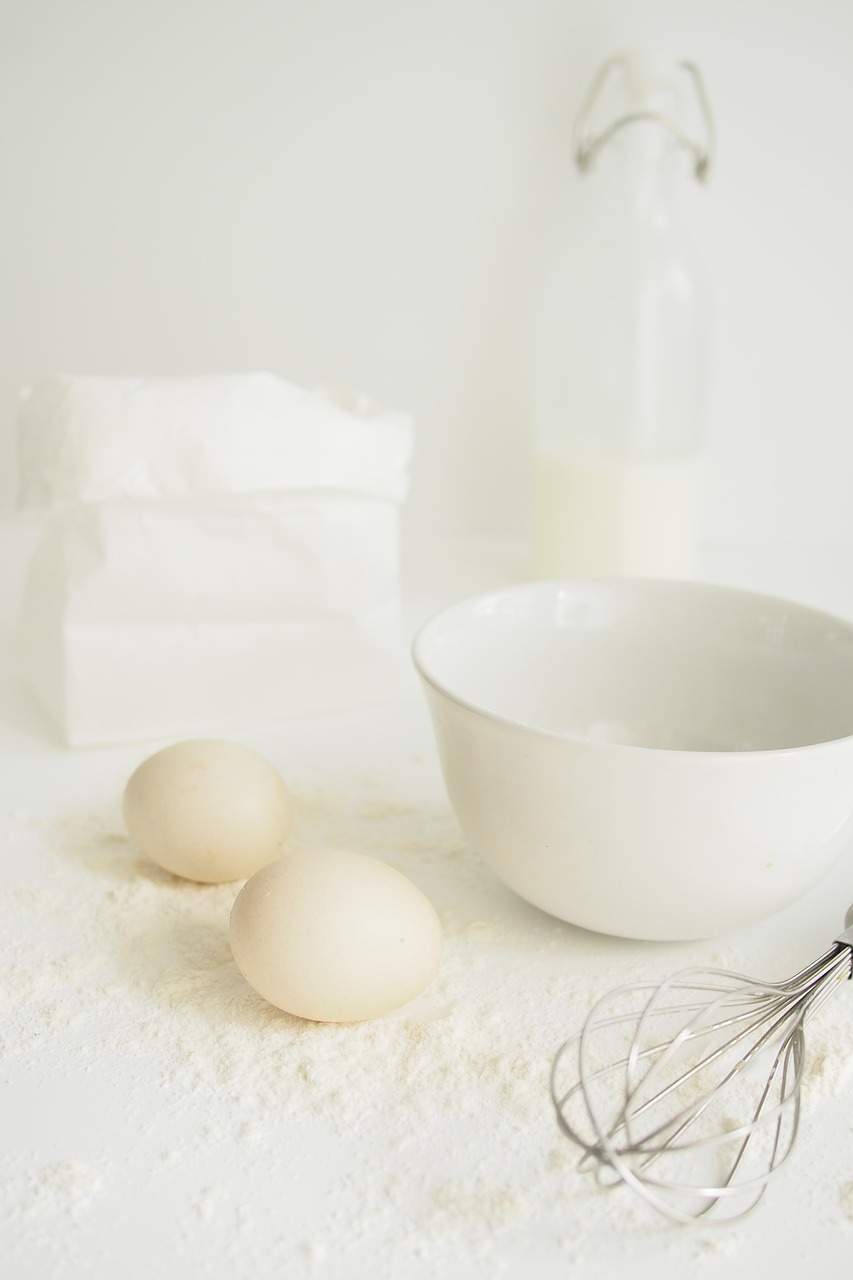FAQ
Frequently Asked Questions

Yes eggs have an expiration time depending upon the temperature it is kept under.
We recommend that eggs be kept refrigerated and consumed as fresh as possible. A best-before date of 21 days from the date of packaging is recommended.
Caged eggs are produced by birds raised in battery cages and are the most common type of housing for laying hens across the world. Hens get there food and water at the same place where they are kept. They can’t roam freely.
Cage-free Eggs are produced by cage-free chickens who are treated ethically and kept compassionately on deep litter. There are no cages, and the management of the bird’s habitat takes into consideration behavioral requirements and allows enough free mobility, fresh air, and natural lighting to meet the demands of the birds. Within the enclosure, the chickens are free to wander around and socialize. For the birds to rest, perching facilities are given. Birds can lay their eggs in a safe and private environment by using earthen nests. They are more nutritious then caged eggs.
Colour of egg yolk depends upon the diet of the hen. Pale yellow yolk is because diet of hens is rich in corn and turmeric. Some farmers use synthetic dyes/colours to add to their feed so as to get orange yolk eggs. But we at Goeggs never use synthetic dyes, our eggs are rich in corn and herbal diet.
Research demonstrates that a higher protein diet can help people feel full, which can ultimately help them eat less throughout the day. Eggs are a good source of all-natural, high-quality protein. In one study, dieters who ate an egg breakfast lost 65% more weight compared to those who ate a same-calorie bagel breakfast.
No! Most of the eggs’ nutrients and nearly half of the protein (just over 40%) is found in the yolk. Additionally, egg yolks carry various amounts of fat-soluble nutrients like vitamin D, E, A, and the antioxidants lutein/zeaxanthin. Plus, the fat, which is mostly unsaturated and found in the egg yolk, aids in the absorption of these essential and important egg components.
First, fill a bowl or glass with about four inches of cold water and gently place your egg(s) inside. Very fresh eggs will sink to the bottom and lay on their sides. If an egg stays at the bottom but stands on its small end, it’s still acceptable to eat; just not quite as fresh. If egg floats on the water then they are not good to eat.
For most healthy adults, it’s safe to eat 1–2 eggs a day depending on how much other cholesterol is in your diet. If you already have high cholesterol or other risk factors for heart disease, it may be best to eat no more than 4–5 eggs per week
The only difference between brown and white shelled eggs is the shell color, which is controlled by genetics. If hens are fed the same diets, their eggs will contain the same nutrients, regardless of shell color. The eggs will also have the same flavor, shelf-life, and whipping/cooking characteristics.

